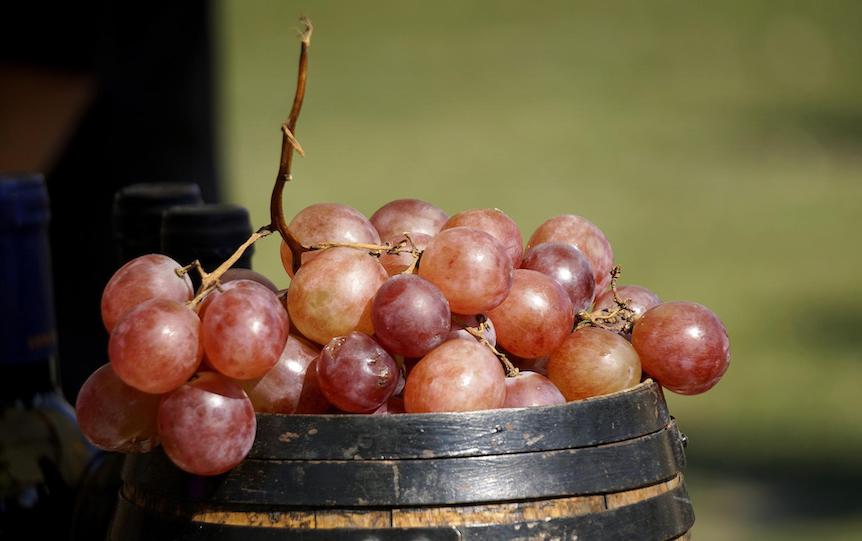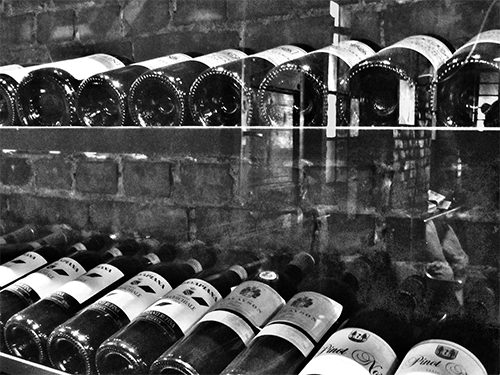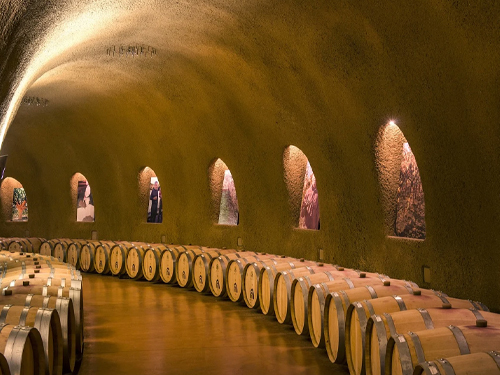Rédigé le 22/04/2022
Comprendre toutes les étapes de la vinification

- l'égrappage ou éraflage : première étape évidemment importante puisqu'elle consiste à séparer les baies de raisin de la grappe. Le viticulteur en charge de cette étape peut décider de la faire de manière totale ou partielle. Une opération qui permet d'extraire plus ou moins de tanins. Un égrappage partiel permet de garder une bonne structure tannique.
- Le foulage : les grappes de raisins passent ensuite dans le fouloir pour qu'elles soient éclatées et que le jus se libère.
- La macération : une fois les grains de raisins foulés, ils sont placés dans des cuves en acier ou en bois. Vient ensuite l'étape de la macération. Une étape simplifiée puisque les cuves sont aujourd'hui équipées d'une thermorégulation qui permet de contrôler la fermentation alcoolique.
- Le pigeage/remontage : durant la macération, une étape cruciale se déroule. Les parties solides du raisin (les pellicules, les pulpes ou encore les pépins) remontent à la surface et forment ainsi "le chapeau de marc". Le viticulteur prend un pilon et le "casse". Il l'enfonce ensuite dans le moût de raisin pour assurer une meilleure extraction des éléments responsables de la couleur, des tanins mais aussi de certains arômes.
- La fermentation alcoolique : une autre étape cruciale qui se déroule durant la macération. Les sucres du moût sont transformés en alcool par l'action des levures. C'est à ce moment que le vin en tant que tel commence à naître.
- Le décuvage et pressurage : c'est ici que la macération prend fin. Le viticulteur récupère alors le jus par le bas de la cuve pour séparer les parties solides comme le "chapeau de marc". Le premier vin est appelé "le vin de goutte". Mais pour ne rien perdre, le viticulteur presse ensuite le marc pour extraire les jus coincés dedans, appelé "le vin de presse". Ce dernier est beaucoup plus chargé en tanin et en couleur.
- L'élevage et la fermentation malolactique : le vin est placé dans une cuve ou dans une barrique dans le but de se stabiliser et se reposer. Cette étape est celle de l'élevage. Selon ce qu'on souhaite, elle peut durer plusieurs semaines voire plusieurs années, mais bien souvent, elle ne dépasse pas 36 ans. Pendant ce temps, les arômes du vin s'affirment et la structure du vin évolue. Au bout de 3 à 4 semaines, une deuxième fermentation se produit, à savoir la fermentation malolactique. Le vin devient alors beaucoup moins acide et de ce fait, plus stable.
- Le soutirage : une fois que les deux fermentations expliquées précédemment sont terminées, vient l'étape du soutirage. Le vin est soutiré, cela veut dire qu'il est séparé des levures mortes et des autres dépôts qui sont présents dans le fond. C'est à ce moment-là que si le vigneron le souhaite, il peut assembler plusieurs cuvées ou encore ajuster le soufre si nécessaire.
- L'embouteillage du vin : cette étape porte bien son nom puisqu'il s'agit de la mise en bouteille du vin. Mais juste avant, il peut être filtré pour éliminer les particules en suspension et le rendre limpide et brillant. Cette opération peut avoir des conséquences sur le vin puisqu'elle peut influencer sur les arômes et la structure de ce dernier. Une fois mis en bouille, le vin peut être mis en vente directement ou encore vieillir quelques semaines ou quelques années.













